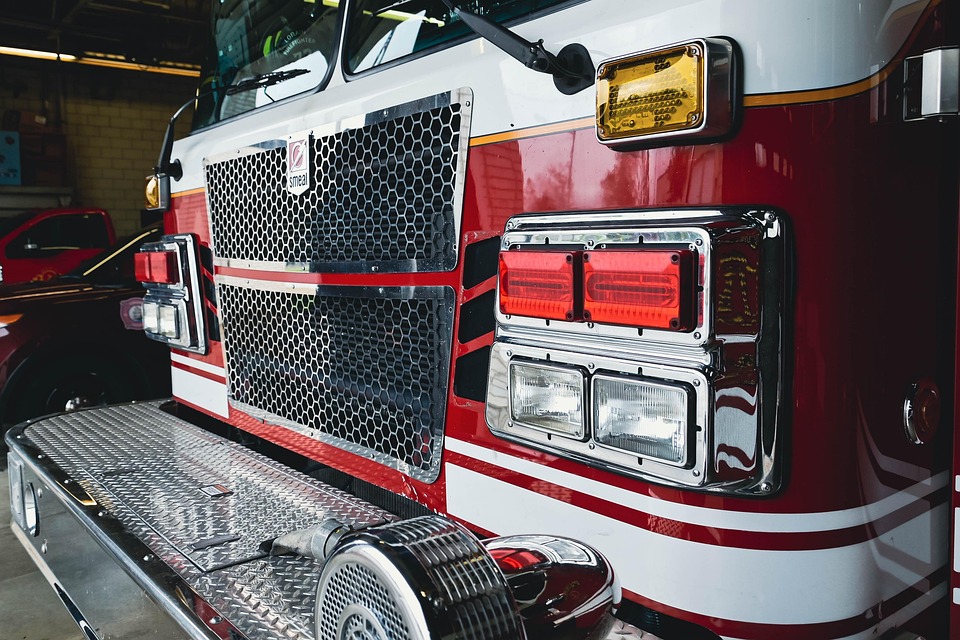Crafting Your Essential Emergency Medical Technician Resume
In the competitive realm of emergency medical services, your resume serves as a crucial gateway to opportunity. A well-structured and compelling CV can make all the difference when vying for coveted positions as an Emergency Medical Technician (EMT). Stand out from the crowd with a resume that not only highlights your qualifications but also reflects your passion for the profession.
Personal Details: The Basics Matter
Start with the essentials—your name, contact information, and professional title. While it might seem mundane, presenting this information clearly sets the tone. Consider the following:
- Full Name: Use a larger font to ensure it catches the eye.
- Contact Information: Include your phone number, email, and LinkedIn profile if you have one. Avoid using unprofessional email addresses.
- Professional Title: Just beneath your name, include something like "Certified Emergency Medical Technician" to establish your credentials right away.
Summary Statement: Hook Them Instantly
Next, craft a summary statement that encapsulates your experience and enthusiasm. This is no place for generic phrases; instead, infuse it with energy and specificity. For instance:
- "Dedicated and compassionate EMT with over three years of experience in high-pressure environments, adept at delivering exceptional patient care and maintaining calm during crises."
This not only showcases your experience but also your character, which is paramount in this field.
Skills Section: Showcase Your Expertise
Your skills section should be a vibrant tapestry of both hard and soft skills. Consider categorising them into:
- Technical Skills: CPR certification, patient assessment, trauma care, and familiarity with medical equipment.
- Soft Skills: Communication, empathy, teamwork, and problem-solving.
By presenting your skills in this manner, you allow potential employers to quickly gauge your suitability for the role.
Experience: Tell Your Story
When detailing your work experience, focus on achievements rather than duties. Utilise bullet points for clarity, and start each with an action verb to add dynamism. For example:
- "Responded to over 300 emergency calls, providing life-saving care and effectively communicating with hospitals to ensure seamless patient transfers."
Use numbers to quantify your impact whenever possible. This not only lends credibility but also paints a vivid picture of your contributions.
Education and Certifications: Highlight Your Training
An EMT’s education is foundational. List your qualifications in reverse chronological order, including:
- Degree or Certification: Specify where you obtained your EMT certification and any additional training.
- Relevant Coursework: If applicable, mention any specialised training that could set you apart, like advanced trauma or paediatric care.
Additional Sections: Go the Extra Mile
Consider adding sections that reflect your unique attributes. These could include:
- Volunteering: Show your commitment to the community through volunteer experience, which is invaluable in the medical field.
- Professional Development: Mention workshops or seminars you’ve attended, showcasing your dedication to ongoing learning.
Final Touches: Presentation Matters
Once your content is polished, focus on the aesthetics. Utilise a clean layout with consistent font styles and sizes. Adequate white space can enhance readability, making your resume inviting rather than overwhelming.
In the bustling world of emergency medical services, a standout resume can pave the way to your dream job. By implementing these strategies, you can create a compelling narrative that captures your skills and passion. Remember, CVPortal continues to provide you with a plethora of high-quality resume templates to guide you on this journey. Embrace the opportunity to shine and make your mark!


